What Are Field Peas: Growing Different Types Of Field Peas
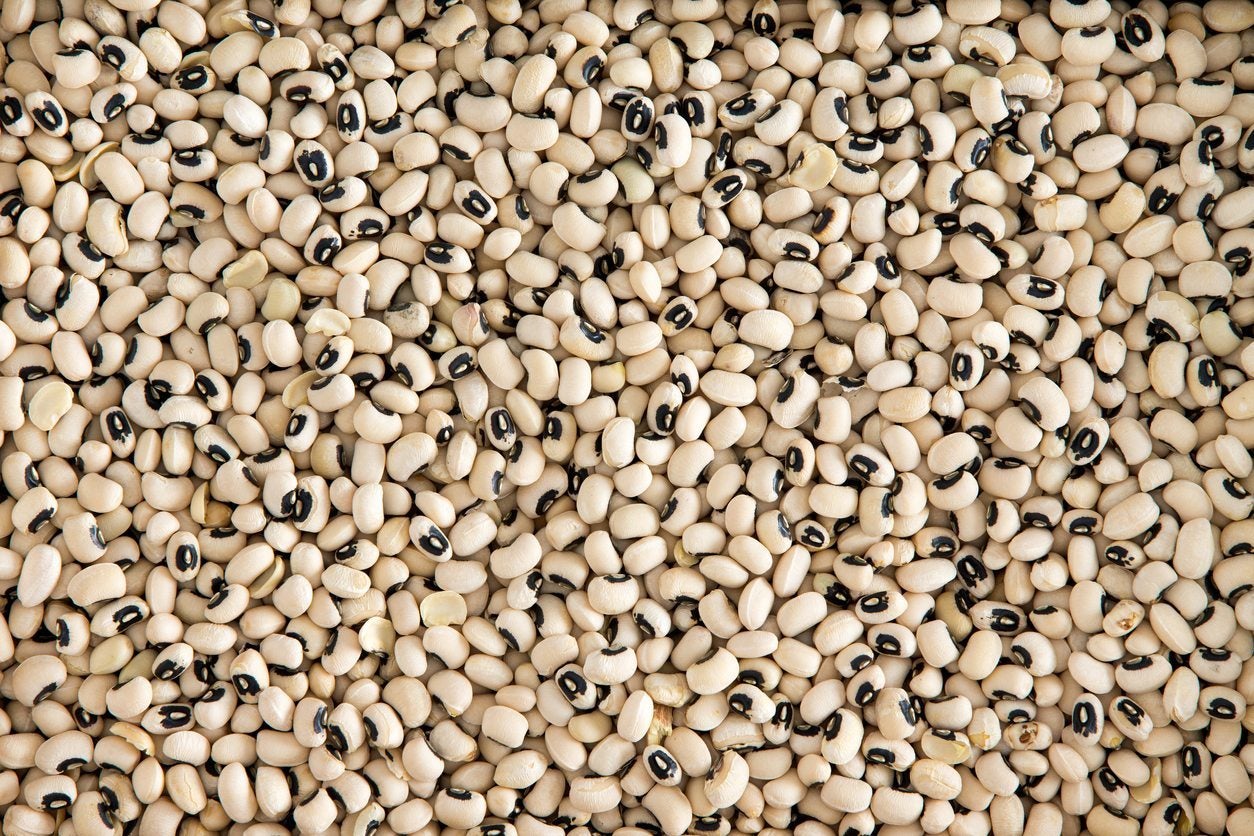
Black-eyed peas are just one of the more common field pea varieties but by no means are they the only variety. How many different types of field peas are there? Well, before that question is answered, it’s best to understand what field peas are. Read on to find out about growing field peas and information on field pea varieties.
What are Field Peas?
Field peas, also referred to as southern peas or cowpeas, are grown on over 25 million acres throughout the world. They are sold as a dry, shelled product and used for either human consumption or livestock food. Closely related to the garden pea, field peas are annual plants. They may have a vining habit to an erect habit. All stages are edible, from the blossoms to the immature pods, called snaps, to the mature pods full of peas and the overly mature pods full of dried peas.
Field Pea Information
Originating in India, field peas were exported to Africa and then brought to the United States in early colonial times during the slave trade where they became a staple in the southeastern states. Generations of southerners grew field peas in rice and corn fields to add nitrogen back into the soil. They thrived in the hot, dry soil and became valuable subsistence food sources for many poor people and their livestock.
Different Types of Field Peas
There are five seed types of field pea:
- Crowder
- Black-eyed
- Semi-crowder
- Non-crowder
- Creamer
Within this grouping there are dozens of field pea varieties. Of course, most of us have heard of black-eyed peas, but how about Big Red Zipper, Rucker, Turkey Craw, Whippoorwill, Hercules, or Rattlesnake? Yes, these are all names for field peas, each name as unique as each pea is in its own way. Mississippi Silver, Colossus, Cow, Clemson Purple, Pinkeye Purple Hull, Texas Cream, Queen Anne, and Dixie Lee are all familiar southern pea names. If you want to try growing field peas, perhaps the biggest challenge is picking a variety. Once that task has been accomplished, growing field peas is fairly simple provided your region has warm enough temperatures. Field peas thrive in areas with soil temperatures of at least 60 degrees F. (16 C.) and no danger of frost for the entirety of its growing period. They are very tolerant of different soil conditions and drought. Most field peas will be ready to harvest between 90 and 100 days from planting.
Gardening tips, videos, info and more delivered right to your inbox!
Sign up for the Gardening Know How newsletter today and receive a free copy of our e-book "How to Grow Delicious Tomatoes".

Amy Grant has been gardening for 30 years and writing for 15. A professional chef and caterer, Amy's area of expertise is culinary gardening.
-
 Moody Blooms For Spring: 8 Types Of Black Flowers To Add Drama To Spring Displays
Moody Blooms For Spring: 8 Types Of Black Flowers To Add Drama To Spring DisplaysFrom midnight burgundies to inky violets, several types of black flowers can enrich and embolden a spring display. Try these brooding bloomers for a moody garden
By Tonya Barnett
-
 Can Snake Plants Live Outside? Everything You Need To Know For Snake Plants Al Fresco
Can Snake Plants Live Outside? Everything You Need To Know For Snake Plants Al FrescoSnake plants can live outside given the right conditions, but be careful that they don't take over! Learn the best way to use snake plants in your landscape.
By Mary Ellen Ellis
-
 Southern Pea Mosaic Virus: Learn About Mosaic Virus Of Southern Pea Plants
Southern Pea Mosaic Virus: Learn About Mosaic Virus Of Southern Pea PlantsSouthern peas may be afflicted by a number of diseases, like southern pea mosaic virus. What are the symptoms of mosaic virus of southern peas? Learn how to identify southern peas with mosaic virus and control the virus in this article.
By Amy Grant
-
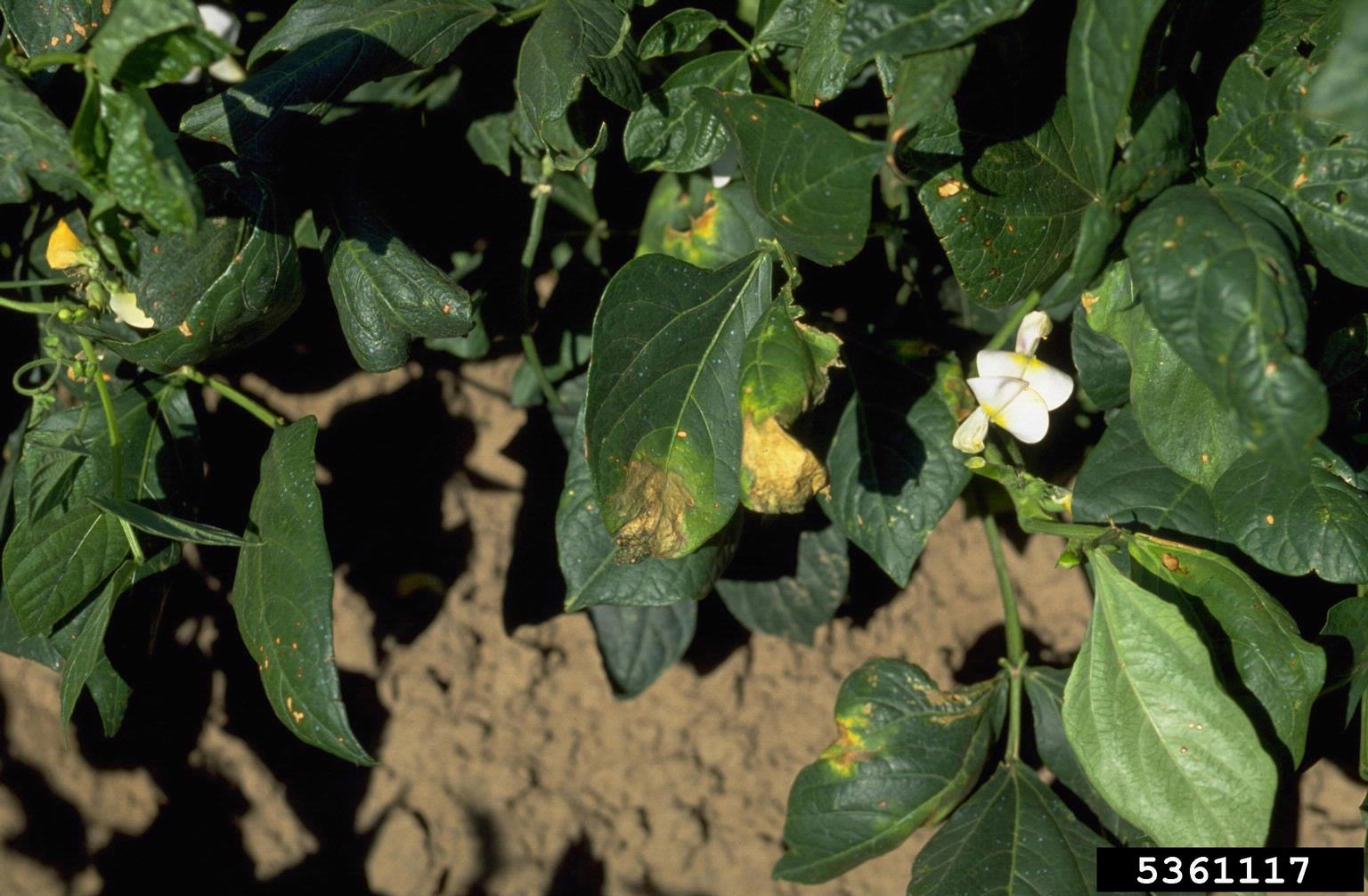 Burnt Southern Pea Leaves: Treating Southern Peas With Burnt Leaves
Burnt Southern Pea Leaves: Treating Southern Peas With Burnt LeavesSince the vegetables thrive in high heat regions, the cause of leaf burn on southern peas is rarely sunscald. Some investigation into the most common causes of leaf burn can help diagnose and treat the condition. Click here for more info on southern pea leaf burn.
By Bonnie L. Grant
-
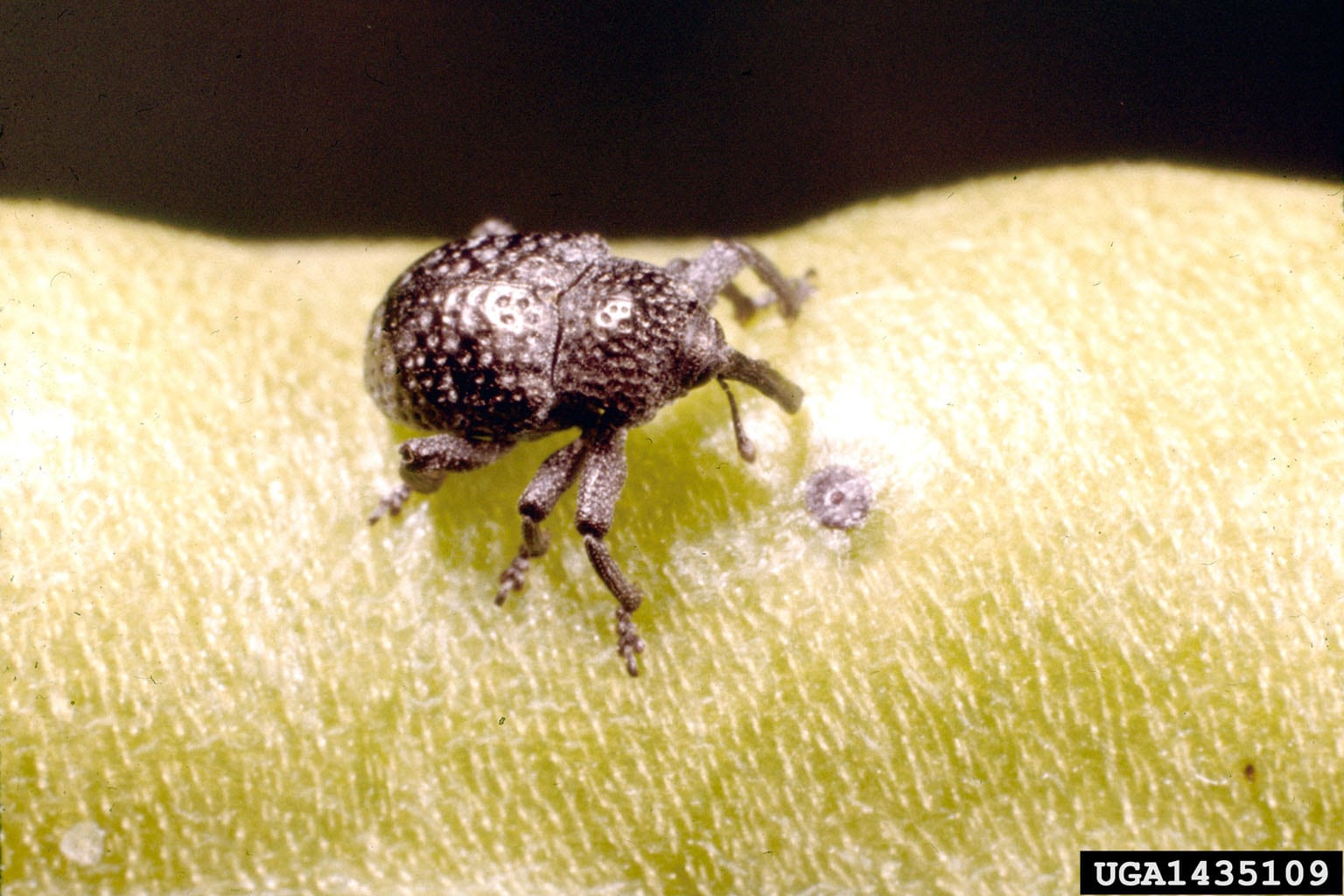 Cowpea Curculio Management – Information About Cowpea Curculio Damage
Cowpea Curculio Management – Information About Cowpea Curculio DamageThough the fast-maturing plants require minimal care, some pests could drastically impact cowpea yields. Knowing the signs of one such nuisance, cowpea curculio, will ensure that gardeners are better able to manage damage done to their plantings. This article will help.
By Tonya Barnett
-
Southern Pea Cotton Root Rot – Treating Texas Root Rot Of Cowpeas
Are you growing cowpeas or southern peas? If so, you'll want to know about Phymatotrichum root rot, also known as cotton root rot. For information about cowpea cotton root rot and its control, this article will help.
By Teo Spengler
-
Southern Pea Root Knot Nematode: Managing Root Knot Nematodes On Southern Peas
Southern peas with root-knot nematodes can suffer in multiple ways. The pathogen can damage the plants enough to reduce the harvest, but it can also make your peas vulnerable to other infections, including fungal and bacterial diseases. Learn more here.
By Mary Ellen Ellis
-
Southern Pea Pod Blight Control: Treating Pod Blight On Southern Peas
Southern peas seem to have a different name depending on what section of the country they're grown. Whether you call them cowpeas, field peas, crowder peas, or black-eyed peas, they are all susceptible to wet rot. Learn more in this article.
By Amy Grant
-
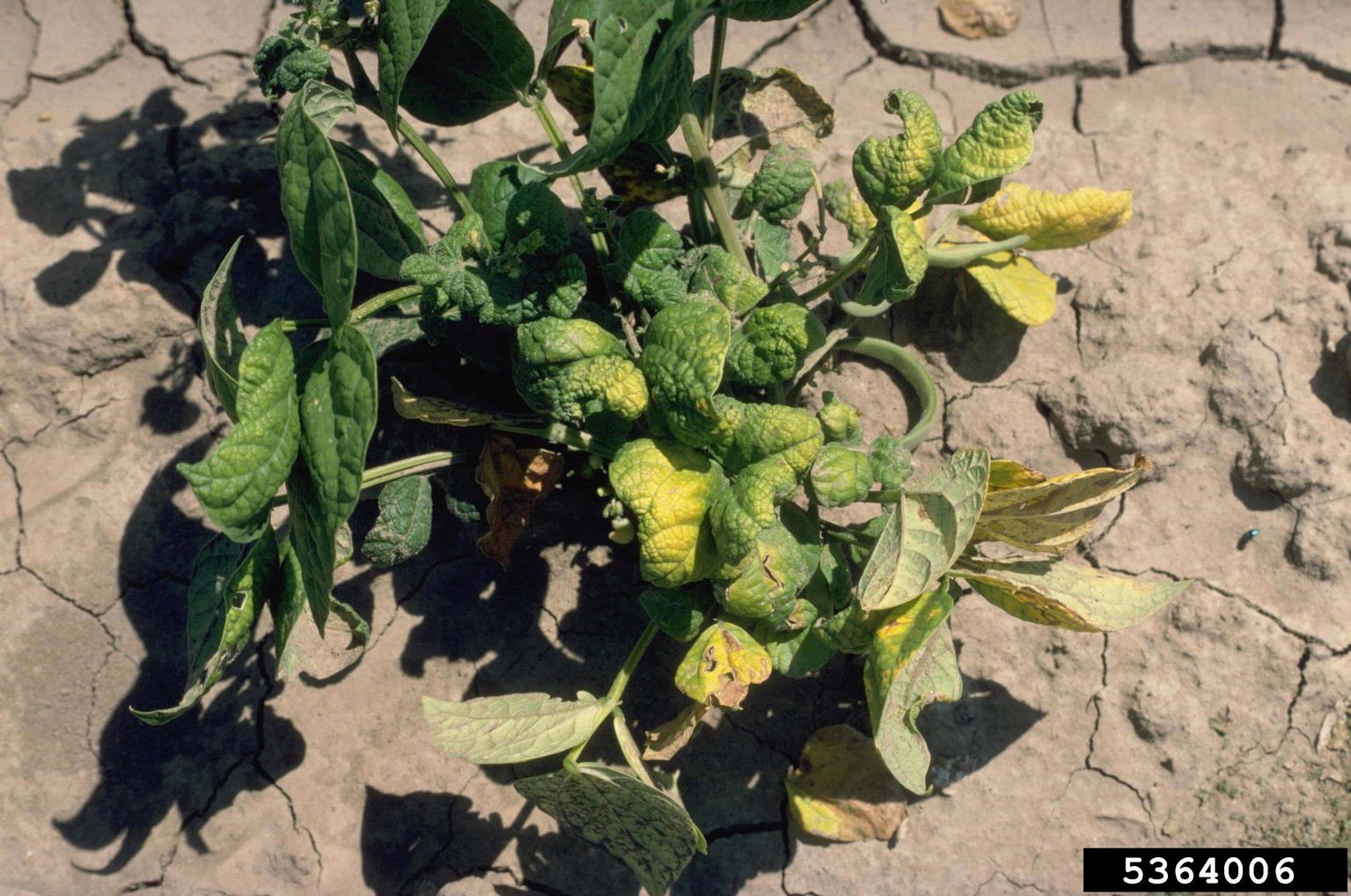 Cowpea Curly Top Virus – Learn To Manage Southern Peas With Curly Top Virus
Cowpea Curly Top Virus – Learn To Manage Southern Peas With Curly Top VirusSouthern pea curly top virus can leave your pea crop damaged if you don?t manage it. Transmitted by an insect, this virus attacks several types of garden vegetables and in southern pea or cowpeas, it can severely limit the year?s harvest. Learn more in this article.
By Mary Ellen Ellis
-
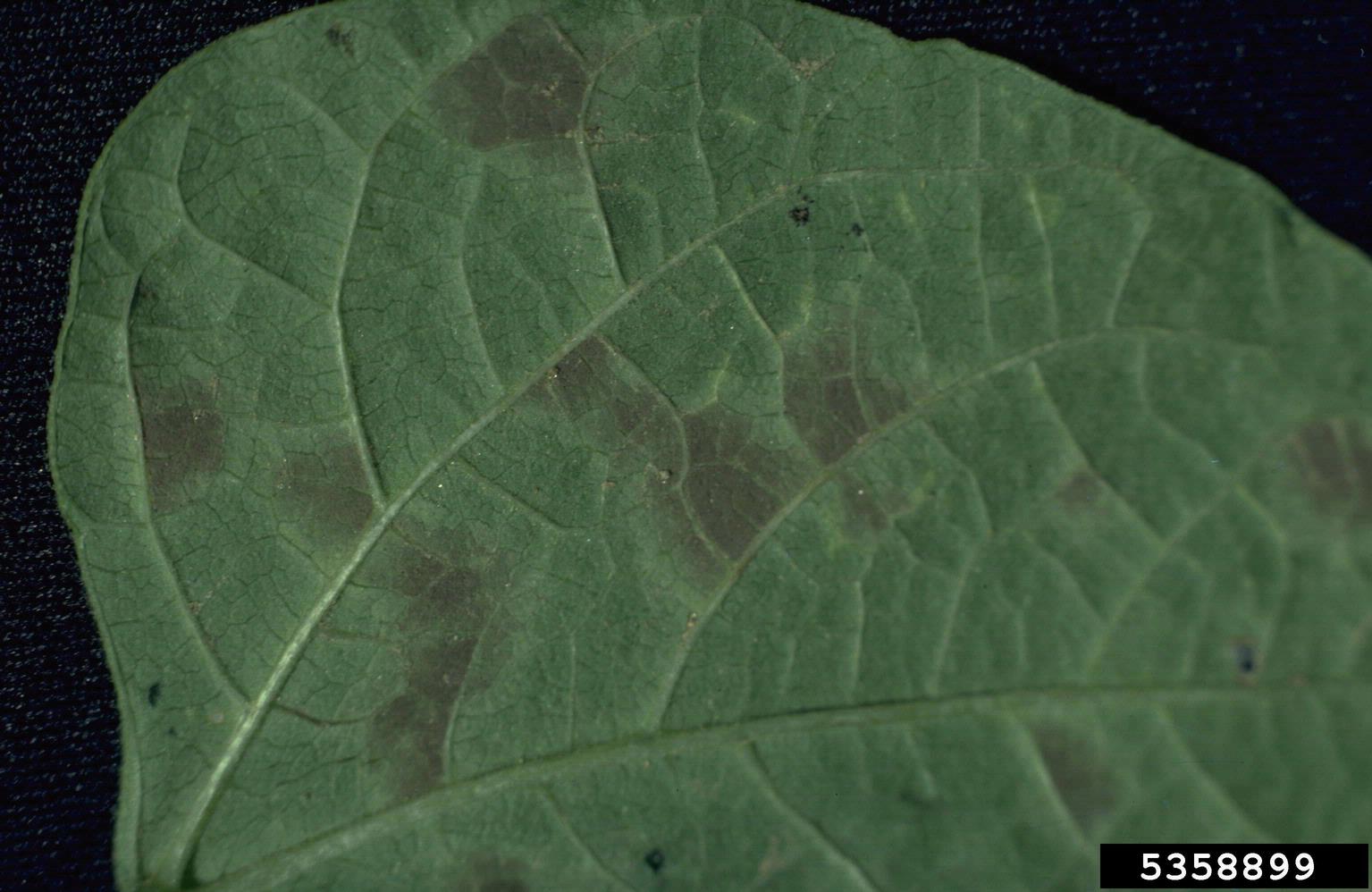 Cowpea Leaf Spot Diseases: Managing Southern Peas With Leaf Spots
Cowpea Leaf Spot Diseases: Managing Southern Peas With Leaf SpotsLeaf spots of cowpea, which can also affect lima beans and other legumes, causes significant crop loss in the southern United States. However, the fungus isn?t limited to the southern states and can also occur in other areas. Learn more here.
By Mary H. Dyer